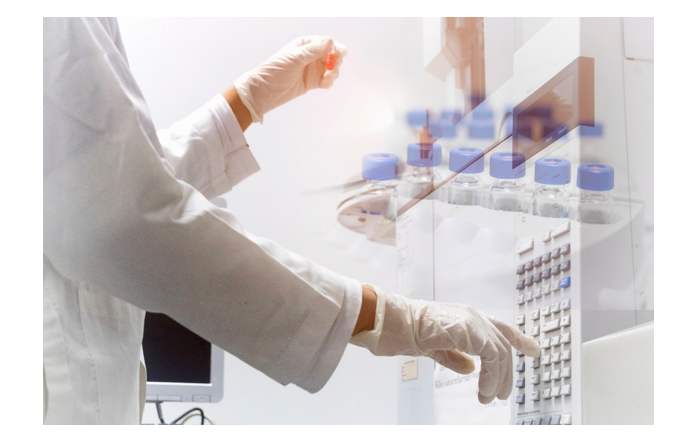In order to advance along with biochemistry, mass spectrometry is constantly improved and innovated, including a variety of soft ionization technologies, such as the fast atom bombardment (FAB), field desorption ionization (FD), secondary ion mass spectrometry (SIMS), plasma desorption (PD), laser desorption (LD), electrospray ionization (ESI), thermal spray (TSI), and matrix-assisted laser desorption ionization (MALDI), etc. Among them, ESI and MALDI are currently the two most widely used technologies.
In the 1980s, Fenn first developed a new sample ionization technique that uses a metal syringe with a high-voltage electric field (typically 4000 electron volts). The sample solution passes through this high-pressure syringe to generate charged droplets and is sent into the ionization chamber. The hot and dry gas in the ionization chamber evaporates these charged droplets and decomposes them into a large number of ions with one or several charges before entering a separation chamber for analysis. The main feature of this ionization technique is that when the sample molecule is ionized, the integrity of the entire molecule can be preserved without generating fragment ions. Therefore, it can be used for the analysis of biological macromolecules such as protein and nucleic acid. Due to the formation of charged droplets in the sample solution during the ionization process, this ionization technique is called the ESI technique.
Electrospray mass spectrometry uses liquid sampling, so it can be combined with high-performance liquid chromatography, capillary electrophoresis, and other high-efficiency separation methods to better analyze complex samples.
In the late 1980s, Hillenkamp and Karas et al. proposed another ionization technology, the MALDI technology. It mixes the sample and the matrix (generally organic acid) in a certain ratio and puts the mixture on a probe. Under the irradiation of the pulsed laser, the sample molecules and the matrix molecules absorb the energy of the laser at the same time and are vaporized. The vaporized matrix molecules can easily release protons, which can then be captured by the sample molecules, so that the sample molecules are positively charged. The charged sample molecules will be accelerated into the flight tube for analysis under the action of a strong electric field.
The rationale behind the MALDI technology is to ionize matrix molecules with pulsed laser and vaporize sample molecules at the same time. In the gas phase, the matrix molecules transfer protons to the sample molecules, making the sample molecules charged and be ready for the mass spectrometry analysis. The matrix absorbs most of the energy of the laser, avoiding the laser from breaking the sample molecules and generating only excimer ions. In addition, pulsed laser can be used as an ionization method to reduce the interaction time between the laser and the sample molecules, reduce the interaction temperature, and avoid the thermal decomposition of the sample molecules. Therefore, MALDI mass spectrometry can also be used for the analysis of biological macromolecules.
Compared with the hard ionization methods of early mass spectrometry, soft ionization techniques including ESI and MALDI are less destructive to sample molecules and can retain the integrity of the entire molecule.
References:
1. Fenn J B, Mann M, Meng C K, et al. Electrospray ionization for mass spectrometry of large biomolecules. Science, 1989, 246(4926): 64-71.
2. Hillenkamp F, Karas M, Beavis R C, et al. Matrix-assisted laser desorption/ionization mass spectrometry of biopolymers. Analytical chemistry, 1991, 63(24): 1193A-1203A.
